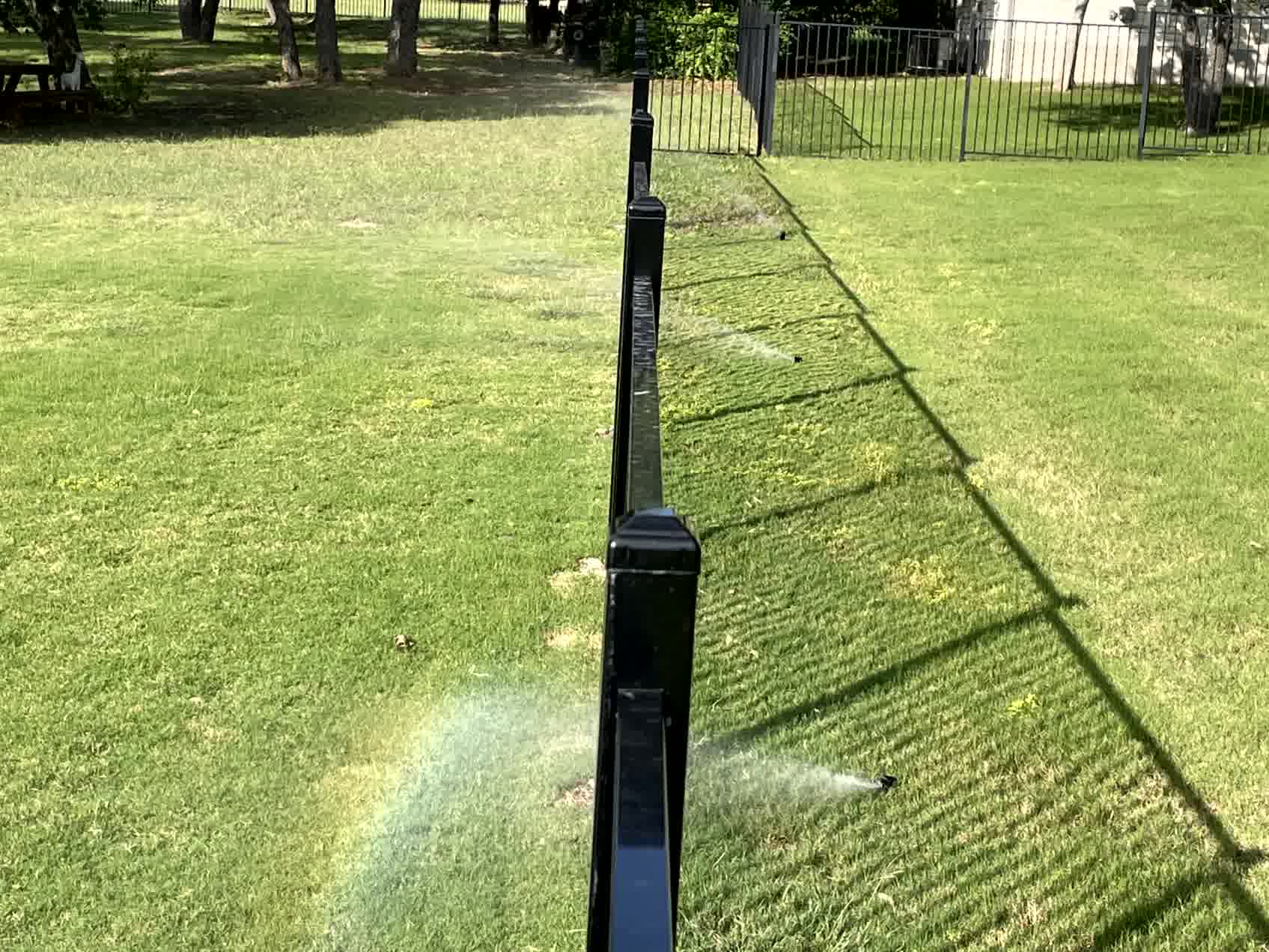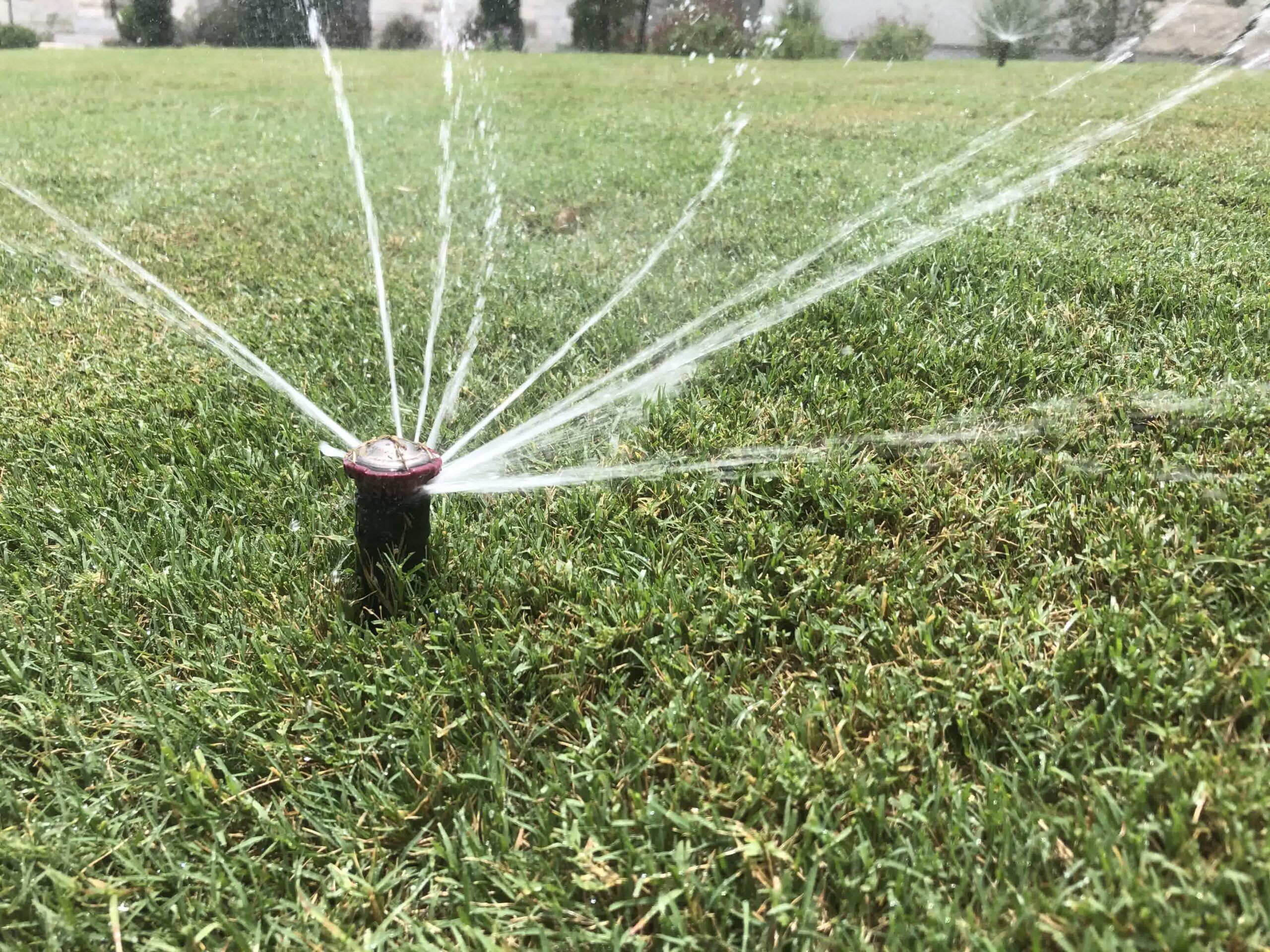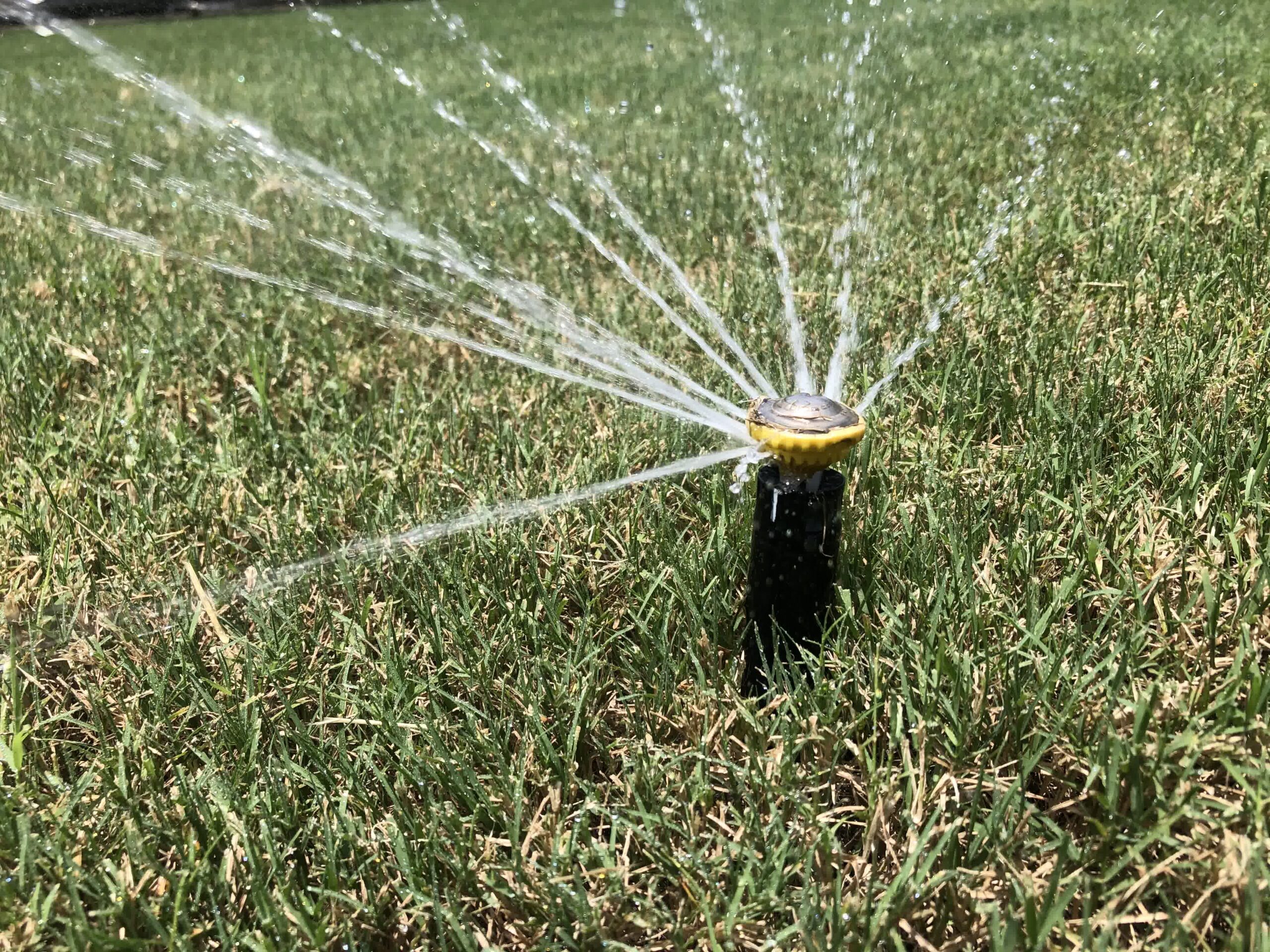Sprinkler Setup Tips for Perfect Coverage Every Time
Introduction: Ensuring your lawn receives consistent, even watering often comes down to strategic sprinkler placement. Too many homeowners find brown patches, soggy spots, or wasted water simply because their system isn’t set up right. But with a few guideline-based techniques—like head-to-head spacing, choosing the right pattern, and planning for odd yard shapes—you can achieve lush, uniformly watered turf. Whether you’re installing a new system or adjusting an existing one, these sprinkler setup tips will help you cover every square foot perfectly.
Head-to-Head Spacing Ensures Complete Coverage
Why Head-to-Head Matters
The foundation of effective sprinkler design is ensuring each sprinkler’s spray reaches the neighboring one. Without this overlap, weak areas develop and lawn health suffers. This method compensates for spray variability, wind drift, and elevation changes, creating a consistent watering pattern across your lawn. Most manufacturers recommend spacing sprinklers at about 50 to 55 percent of their spray diameter for square patterns, and up to 60 percent for triangular patterns.
Choosing Square or Triangular Patterns
Square grid layouts are the most common in residential settings because they’re simple and align well with rectangular yards. Triangular, or staggered, layouts are more efficient, achieving uniform coverage with fewer sprinklers, though they require more careful planning and measurement. For odd‑shaped zones, you can combine both patterns or use triangular spacing to maximize efficiency and minimize dry spots.

Planning Sprinkler Placement in Odd‑Shaped Areas
Starting with Trouble Spots
When your lawn has curves, trees, or tight spaces, begin by placing heads in these “trouble areas.” Corners and narrow strips are best served first, using quarter or strip‑pattern nozzles to target those tricky sections. Once these are in place, fill in open areas using a sliding spacing technique to ensure even coverage. This approach prevents overwatering near obstacles and underwatering elsewhere.
Using Adjustable Nozzles Wisely
Strip, corner, and adjustable pattern nozzles can help fine‑tune coverage in irregular spaces. Strip nozzles, for instance, project a rectangular pattern ideal for narrow beds or garden edges. Adjustable nozzles allow you to dial in the precise arc and radius, perfect for oddly shaped corners or around trees.

Calculating Spacing and Precipitation Rates
Balancing Flow and Coverage
Each sprinkler head must pull an appropriate volume of water—measured as gallons per minute (GPM)—from your water source. To avoid low pressure, ensure the total flow requirement for one zone does not exceed approximately 75 percent of your supply capacity. Manufacturers often provide charts detailing each nozzle’s output, which allows you to mix heads on separate valves only if they share matched precipitation rates.
Applying the Right Spacing Formula
For square patterns, spacing equals the sprinkler’s radius, while triangular patterns require spacing multiplied by about 0.866 (the height of an equilateral triangle). For example, a head that sprays 50 feet in radius should be spaced approximately 50 feet apart in a square grid or about 43 feet apart in a triangular pattern to maintain uniform water distribution.

Conclusion
A well‑planned sprinkler system starts with head‑to‑head coverage and thoughtful layout, especially in tricky areas. Choosing between square and triangular patterns, using adjustable nozzles, and accurately calculating spacing based on coverage radius and precipitation rates ensures your lawn is uniformly watered. With careful zone planning and adjustments for slopes or wind, you can achieve a lush, water‑efficient landscape. Follow these guideline‑based tips, and you’ll enjoy perfectly watered yards every time. Get in touch with us to learn more about our sprinkler services as well as our Irrigation, Sprinkler Repair & Irrigation System Repair services.

"*" indicates required fields

